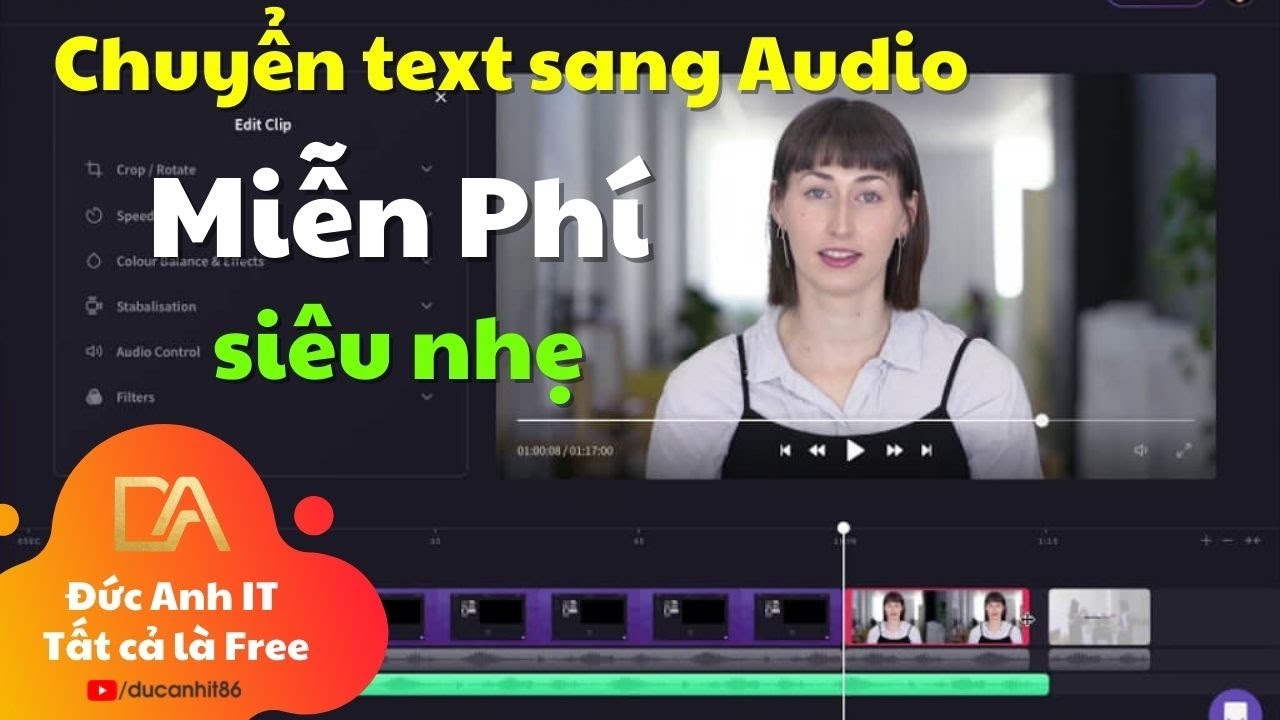[foxdark]
Transforming Text into Spoken Words: A Comprehensive Guide to Text-to-Speech

The ability to transform written text into natural-sounding speech has revolutionized the way we interact with technology. Text-to-speech (TTS) software has become an indispensable tool for individuals with disabilities, language learners, and even for those seeking a more immersive digital experience. This guide delves into the intricacies of TTS, providing a comprehensive exploration of its functionalities, applications, and the crucial factors influencing its efficacy.

The Essence of Text-to-Speech

At its core, TTS is a complex process that involves converting written text into an auditory representation. This conversion entails a series of sophisticated steps, each meticulously designed to ensure the final output emulates the natural flow and rhythm of human speech. These steps include:
- Text Analysis: The first stage involves analyzing the input text to identify individual words, punctuation marks, and other essential linguistic features.
- Phonetic Transcription: Once the text is parsed, each word is converted into its corresponding phonetic representation. This step is crucial for ensuring accurate pronunciation.
- Prosodic Modeling: To add naturalness to the synthesized speech, TTS systems analyze the text for factors like sentence structure, emphasis, and emotional tone. This information is then used to adjust the pitch, intonation, and pace of the spoken output.
- Speech Synthesis: Finally, the phonetic representations and prosodic information are combined to generate the actual spoken audio. Advanced TTS engines utilize sophisticated algorithms that mimic the intricate mechanisms of human vocalization.
Unveiling the Multifaceted Applications of TTS
The versatility of TTS technology is undeniable. Its applications extend far beyond simple text reading, encompassing a wide range of domains.
- Accessibility: TTS plays a pivotal role in enhancing accessibility for individuals with visual impairments, providing them with an alternative means of accessing information.
- Education: TTS has become an integral part of language learning, assisting learners in improving their pronunciation and comprehension.
- Entertainment: TTS is widely used in video games and other interactive media to enhance the immersive experience by bringing characters and narratives to life.
- Productivity: TTS can significantly improve productivity by allowing users to multitask while listening to documents, emails, or even web articles.
Navigating the Labyrinth of TTS Selection
Choosing the right TTS solution can be a daunting task, given the wide array of options available. Factors like voice quality, language support, and customization capabilities are crucial considerations.
- Voice Quality: The quality of the synthesized voice is paramount. A high-quality TTS engine produces natural-sounding speech that is free from robotic or distorted tones.
- Language Support: The ability to support multiple languages is essential, particularly for individuals with diverse communication needs.
- Customization: The ability to personalize settings like voice, speed, and pitch is crucial for tailoring the TTS experience to individual preferences.
The Future of Text-to-Speech
As technology continues to evolve, TTS is poised to become even more sophisticated and versatile. Advanced AI techniques are paving the way for even more realistic and expressive speech synthesis. Future advancements in natural language processing will enable TTS systems to better understand and interpret nuanced language, resulting in more human-like and engaging spoken output.
Conclusion
The transformation of text into speech has revolutionized the way we interact with technology, opening up new avenues of accessibility, education, and entertainment. With its multifaceted applications and ongoing advancements, TTS is poised to play an even more significant role in shaping our digital future.
